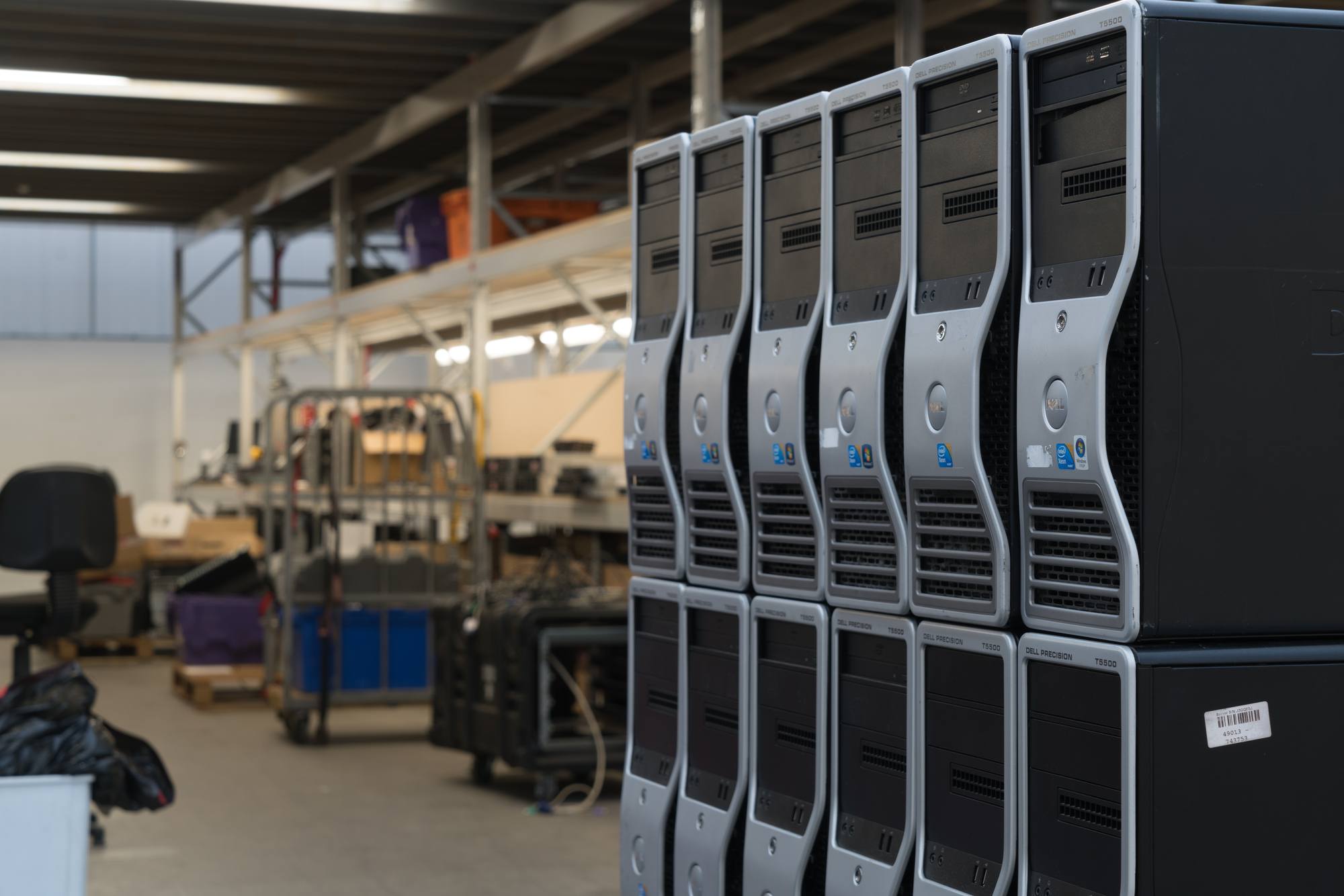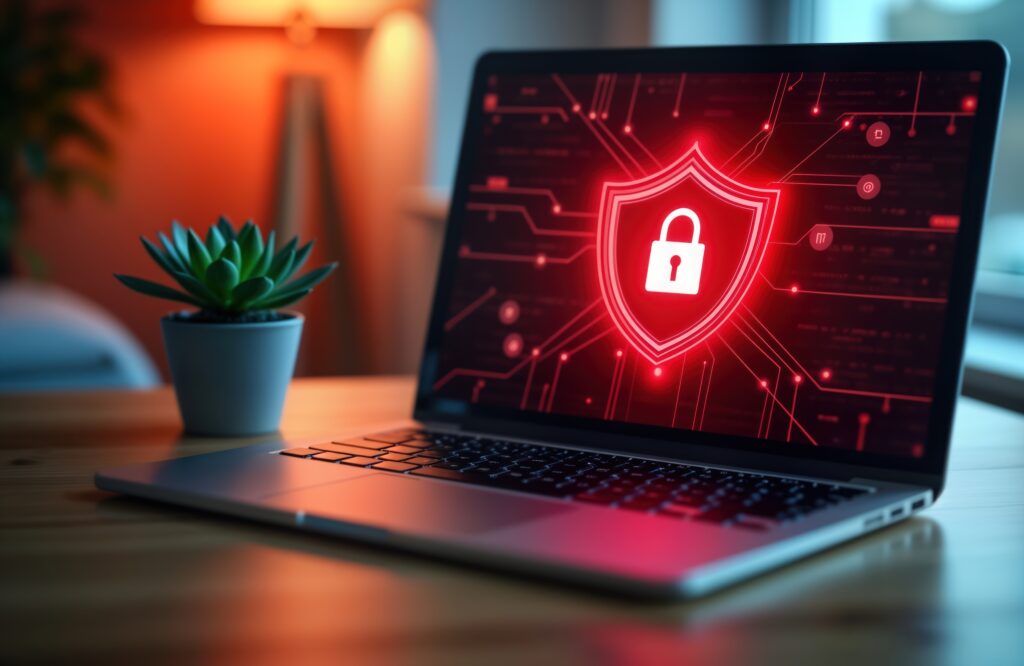When done properly, an IT asset audit is one of those activities that can and will save your company a significant amount of time and money, as well as mitigate any future compliance difficulties. This applies to both small and large businesses; understanding exactly what you own, where it is located and how it is utilised is critical to ensuring your IT operations are secure, efficient, and legally compliant.
To help you get started, Restore Technology has put together a succinct and comprehensive audit checklist for effective IT asset management.
What is an IT asset audit?
At its core, an IT asset audit is a detailed review of all your organisation’s tech equipment and systems. This means hardware (laptops), software (Microsoft), network devices (routers), and anything else involved in your digital infrastructure. But it’s not just about knowing what you have, it’s about understanding how it’s being used, whether it’s secure and compliant, and what you need to do with it next.

Why do businesses need it?
Because things change – devices go missing, software licenses expire and security vulnerabilities arise. An audit of IT asset management gives you visibility and control, making it essential for:
- Cybersecurity
- Cost optimisation
- Compliance with data protection laws like GDPR
- Aligning with standards such as ISO 27001
- Supporting ESG and sustainability goals
Managing your IT Asset Audit

Before you begin, get clear on what you’re auditing and why. This means deciding:
- Which departments, sites or asset types are in scope
- Who is responsible for each aspect of the audit
- What constitutes success (e.g. a complete asset register, licence compliance, or cost-saving opportunities)
You’ll want to bring in stakeholders from IT, finance, procurement, and compliance, as clear cross-departmental communication will be important from the outset.

Now it’s time to track down what you actually have. This can include:
- Desktops, laptops, and servers
- Mobile devices
- Printers and peripherals
- Software applications and licences
- Network hardware (routers, switches, etc.)
Manual spreadsheets work for very small organisations, but most businesses benefit from automated discovery tools that scan the network for connected devices and software installations.
Use this opportunity to integrate with your IT asset management system if you have one, or consider implementing one if you don’t. A live asset register can become the backbone of your audit efforts.

Once you’ve discovered your assets, you need to document them properly. Include details like:
- Serial numbers
- Asset condition
- Purchase date and warranty information
- Current location
- Assigned user (if applicable)
This provides a reliable baseline for all future audits. Without a consistent system for tracking, the whole IT asset audit process has the potential to unravel.

With everything logged, it’s time to assess the security posture of each asset. This includes:
- Verifying antivirus and endpoint protection
- Checking for unapproved software
- Ensuring operating systems and firmware are up to date
- Reviewing user access controls
A good IT asset management audit also flags legacy systems that may pose a security risk.

Compliance goes hand-in-hand with security. During your audit, check:
- Whether all licensed software is accounted for
- That user data is being handled in line with GDPR
- How well your policies align with frameworks like ISO 27001
Audit documentation is key here. You need a clear audit trail to demonstrate compliance to regulators or clients.

Don’t forget about the old gear gathering dust in cupboards. These assets still pose a risk if they contain sensitive data or are disposed of improperly. Check to
see if the data has been wiped from old devices securely and whether the device could be refurbished or resold (best case) or if it needs to be recycled responsibly.
In the case of recycling or disposal, you can employ the services of companies like Restore Technology, offering comprehensive IT disposal, data destruction, and remarketing and recycling services to help you manage this final stage securely and sustainably.

An IT asset audit should never be a one-off exercise. The goal is to build processes that keep your asset data accurate over time. To help achieve this, make sure your audit findings are integrated with:
- Procurement and finance systems
- IT service management tools
- Security monitoring platforms
That way, new devices and licences are logged automatically, changes are tracked, and audits become simpler over time.

Modern businesses are under increasing pressure to demonstrate environmental and social responsibility. Your audit can support this by:
- Highlighting underused or redundant assets
- Tracking carbon footprint and energy use
- Supporting asset reuse and e-waste reduction
- Feeding into ESG and carbon reporting
Restore Technology is committed to helping clients reduce waste being sent to landfill and embrace circular economy principles through responsible IT lifecycle services.

An IT asset audit template is only useful if you use it often. Set a schedule to:
- Reverify assets quarterly or bi-annually
- Update asset conditions and statuses
- Review policy compliance
This regular maintenance turns audits from reactive fire-fighting missions into a streamlined and proactive part of your IT operations.

Common IT asset audit challenges and how to avoid them
Even the best plans can hit roadblocks. So be prepared for:
– Incomplete or inaccurate inventories: you can use automated tools and cross-check with procurement records.
– A lack of buy-in from departments: it’s important to communicate the benefits of the audit clearly to all teams.
– Shadow IT (unapproved devices or apps): you should encourage reporting of all tools used and incorporate this into the audit.
– Dealing with neglected remote or hybrid assets: don’t forget to include home-office setups or mobile workers.
Quick Recap: IT asset audit checklist
Think of this checklist as your north star for any IT asset management audit. It keeps the audit process practical, consistent, and fully aligned with compliance, security, and sustainability goals. Whether you're just starting out or looking to tighten your existing processes, each item below serves a clear purpose in building a reliable, future-proof IT ecosystem:
Inventory Verification
Catalogue all hardware and software assets currently in use across your organisation

Software Licence Compliance
Ensure licences are valid, up-to-date, and not being exceeded

Hardware Condition Assessment
Check the health, warranty status, and usability of every device

Security & Risk Checks
Review patching, access controls, antivirus, and unauthorised software

Data Destruction Verification
Confirm secure wiping or physical destruction of retired devices

Documentation & Policy Review
Align asset records and handling policies with GDPR, ISO 27001, and other standards


Make auditing part of your IT DNA
Ultimately, a successful IT asset audit doesn’t just end with a tidy spreadsheet – it has a wide range of long-term benefits, from enhanced decision-making and security to cost savings and stronger sustainability credentials.



